Sarah-Jane's Summer Herb Journal
- Sarah-Jane Cobley
- Jun 13, 2024
- 3 min read
Updated: Jun 26, 2024
A random array of freshly cut herbal teas...
Walnut Leaf
Juglans spp.
9am, Thursday 13th June 2023
These leaves are highly aromatic. I love their scent so much I was curious to find out more about the essential oil. The Good Scents Company describe it as,
“a warm spicy, sweet and rich tea leaf like odour with a labdanum like, herbaceous sweet, balsamic backnotes”.
What is labdanum I hear you say? I looked that one up too:
“a resin from the rockrose plant (Cistus ladanifer), popular as an aromatic ingredient in perfumery due to its warm, musky, and slightly sweet aroma. It is often described as leathery, animalic, or amber-like”. (Phlur Perfumery Dictionary)
I feel much less concerned about my lack of ability to describe scents and tastes now. There seems to be far more to it than I realised. I would have said something like floral and resinous.
I do know that an aromatic quality of a plant indicates that it has antimicrobial activity, and indeed, all parts of the walnut tree were once a huge part of the anthelmintic industry before synthetic alternatives were created. Anthelmintics are basically worm killers, and so walnut leaves and husks are an ingredient often added to natural anti-parasitic gut formulas.
Other actions include antibacterial, antifungal, antioxidant, analgesic, anti-inflammatory, antidiabetic and anticancer, according to Bhat et all, 2023.
The tea I tasted today was very strong. It almost burned or stung my throat, a bit like a very peppery olive oil. This is not my usual experience with walnut leaf. I only used four little-finger-length leaves broken up, compared to my usual one hand-length size leaf. The leaves I usually harvest are from an older tree closer to my home.
Today was a windy overcast day. I also notice that the tree was very shaded, compared to my usual source which has a lot of sun.
I'll be adding more herbal tea explorations as I move through the summer months. Check back in soon to find out what I drink next!
Hedge woundwort
Stachys sylvatica
I find this herb absolutely stunning to look at! When I see the soft hairy leaves growing I get excited anticipation for the return of this unique show of colour and beauty.
It is mint family but doesn't have an inviting scent, however, the taste was 'mildly herbal', as described by a participant on a herb walk and tasting.
Californian poppy
Eschscholzia californica
Blazing sunshine in a cup for the summer solstice!
Self heal
Prunella vulgaris
Ladies Mantle
Alchemilla vulgaris
Sage blossom
Salvia spp.
Lime flower / Linden blossom
Tilia spp.
Honeysuckle
Lonicera periclymenum
St. John's wort
Hypericum perforatum
I was stunned by the beauty of this plant and fascinated by the way the little 'perforations' showed up as black dots along the edges of the leaves and petals.
Yarrow blossom
Achillea millefolium
When drinking this I noticed how much it was like a strong cup of Roman Chamomile. I could taste what I thought was the azulene, the blue essential oil. Very strong and bitter tasting. I left some in the cup and the next morning the water had turned blue!
Red Clover
Trifolium pratense
Very pea like!
Bramble blossom
Rubus idaeus
I've not heard of blackberry blossom tea but they are so abundant and beautiful I thought I'd try them! In the rose family, pink and white, not scented that I noticed. Looked amazing in the cup until hot water was added and then went brown. Still quite picturesque though!
References
Bhat AA, Shakeel A, Rafiq S, Farooq I, Malik AQ, Alghuthami ME, Alharthi S, Qanash H, Alharthy SA. Juglans regia Linn.: A Natural Repository of Vital Phytochemical and Pharmacological Compounds. Life. 2023; 13(2):380. https://doi.org/10.3390/life13020380
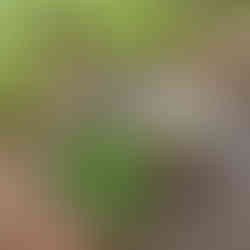


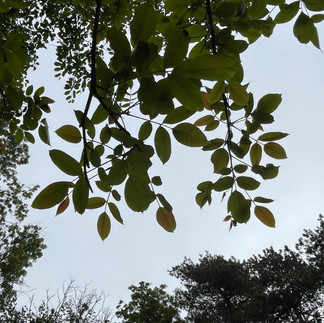
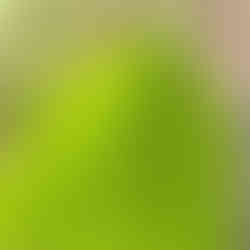

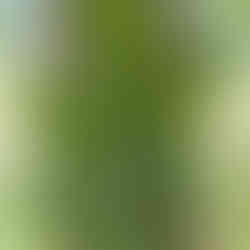


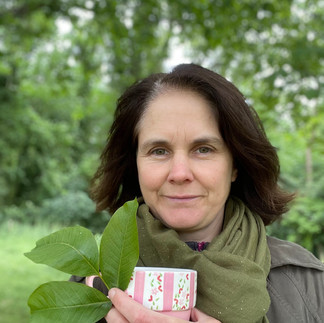
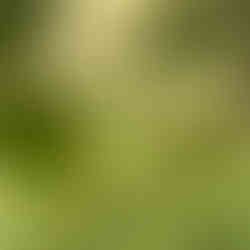

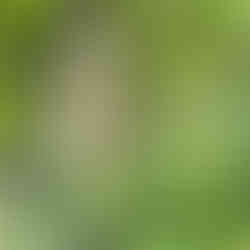












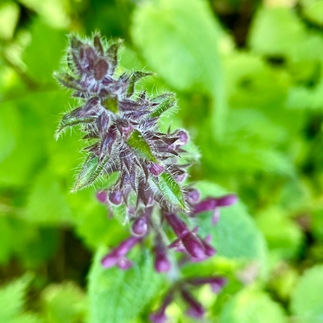





















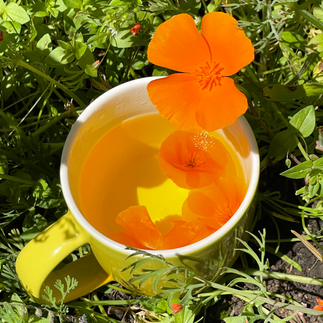







































































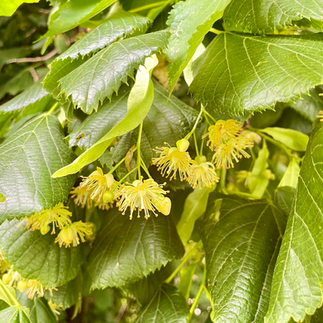









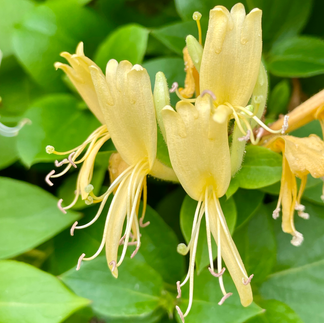





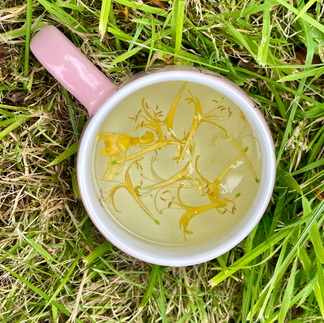















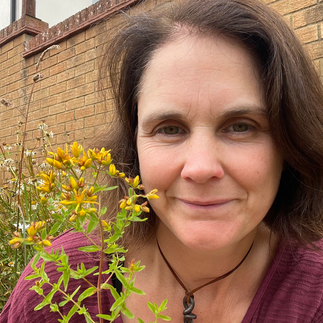

































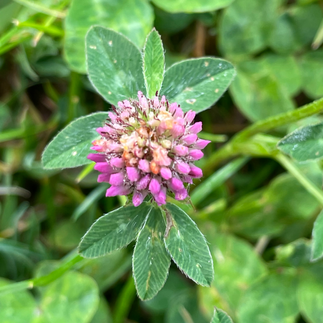



















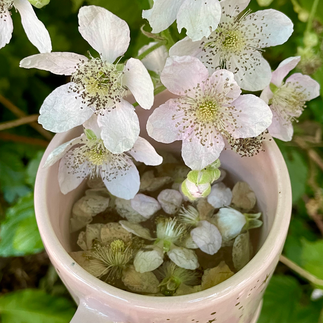











Comments